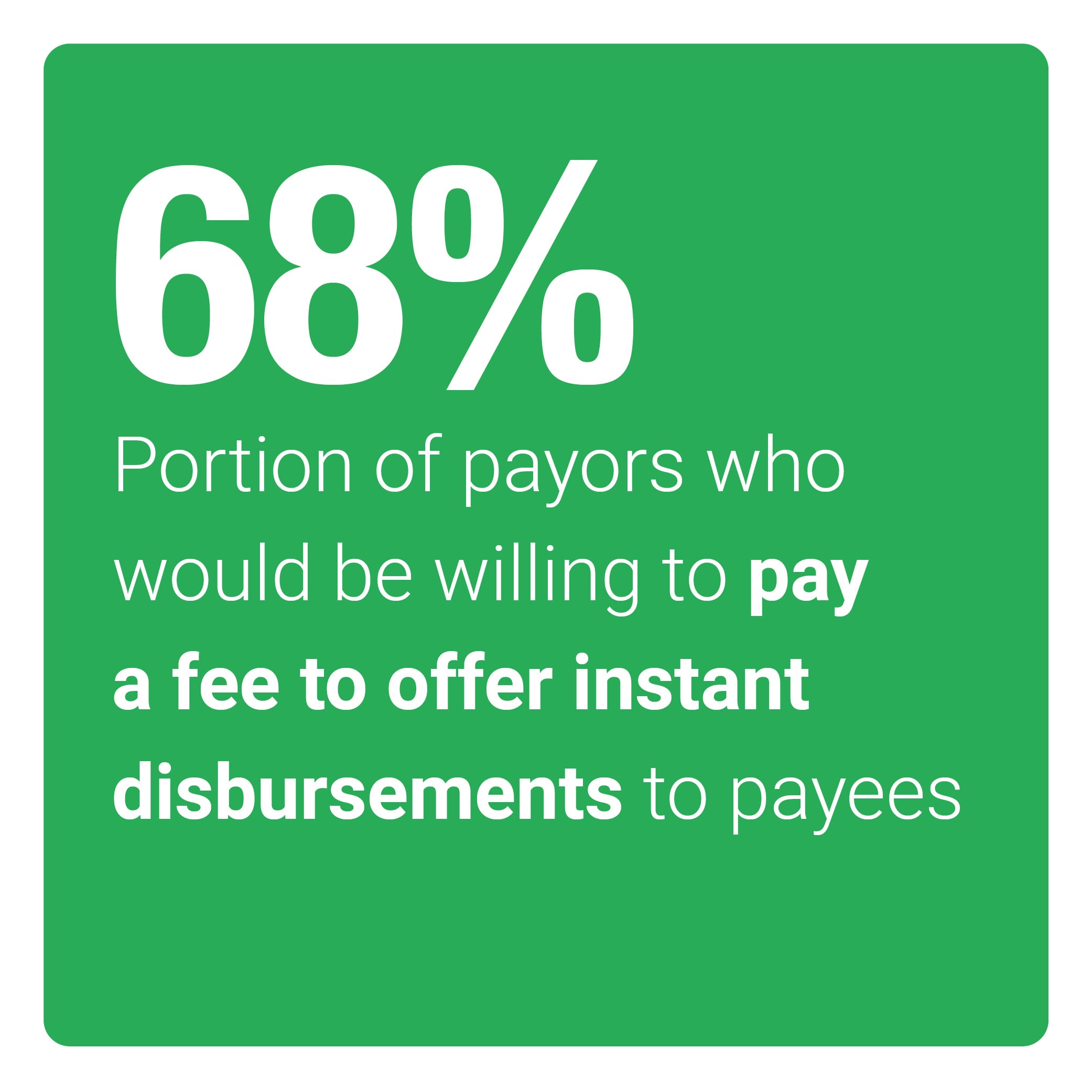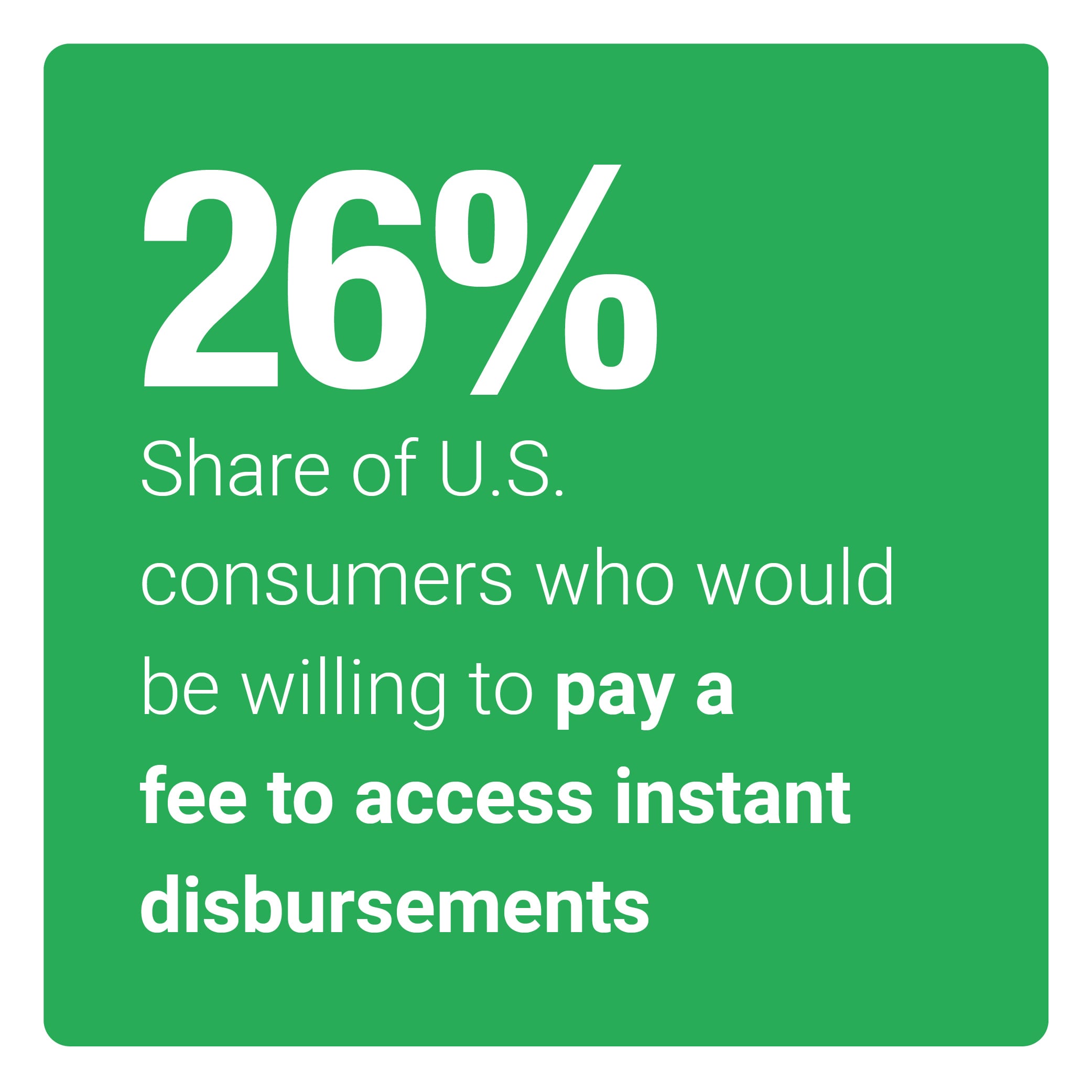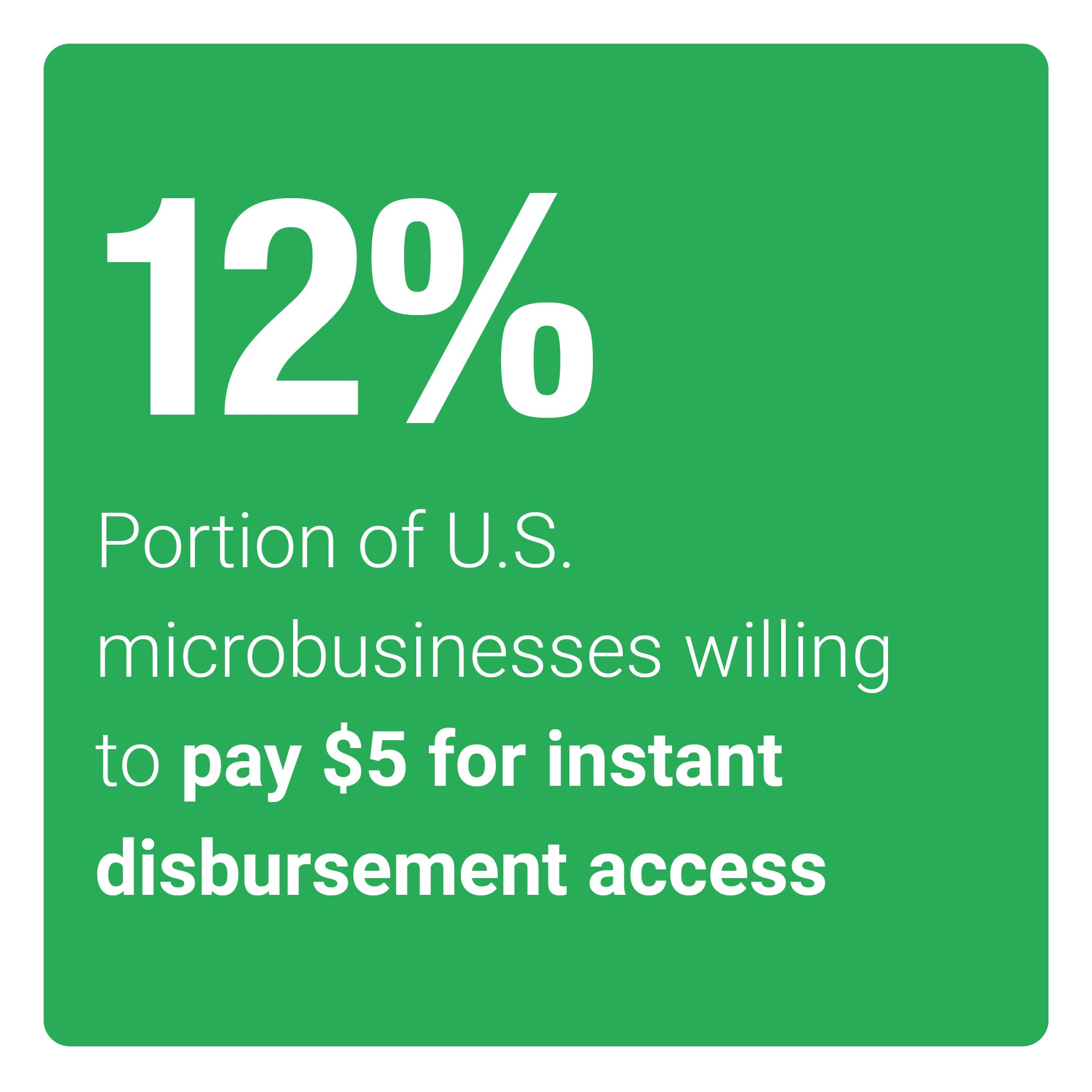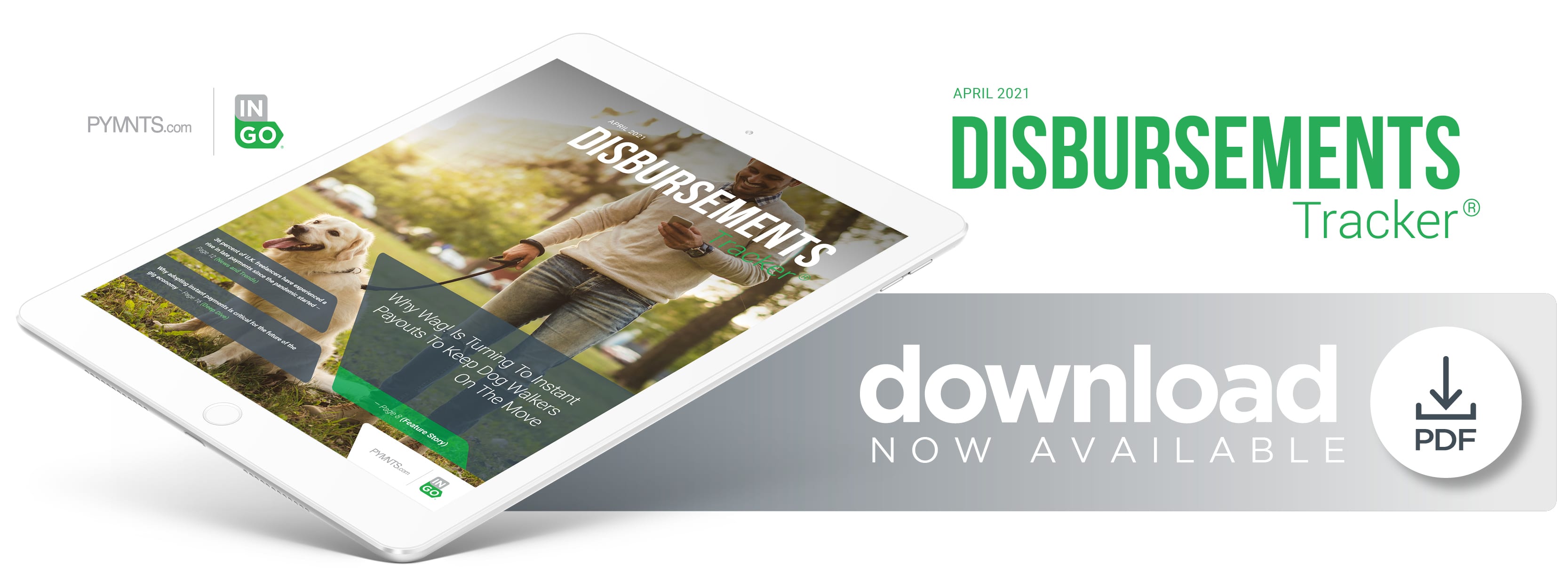Wag! Recruits Pet-Friendly Freelancers With Instant Payouts

More than one-third of United States workers have now undertaken freelance gigs of some kind, from driving for rideshare platforms to offering ad hoc design and writing services to acting as grocery couriers.
Gig economy participants have not been immune to the pandemic’s global impacts, however, and many are seeking ways to shore up their income or pay outstanding bills.
Instant payments such as those offered by rideshares like Uber have been a fixture in the gig economy for years, but such payments are quickly becoming a necessity as freelancers search for quick and easy payments in addition to more work opportunities. Twenty-six percent of consumers in one PYMNTS study even reported that they would be willing to pay fees to access instant disbursements.
In the April Disbursements Tracker®, PYMNTS analyzes how the pandemic is affecting the gig economy’s expansion as well as gig workers’ instant payments expectations. It also examines how these changing preferences are filtering into other sectors and affecting the future of work and disbursements.
Around The Disbursements World
Gig platforms are looking to stand out and entice freelancers as the gig economy expands, and some are relying on swift payment options to do so. New freelance marketplace TmrO is leaning on one such offering to pique ad hoc workers’ interest, announcing a digital payout feature that enables individuals to receive their funds within 48 hours. In addition to working to make its digital payouts quicker over the next several months, the company also plans to launch a branded debit card in the next year that would offer even faster disbursements. Providing faster payments access to freelancers is quickly becoming a competitive advantage for gig companies, especially during the pandemic.
Freelancers worldwide are experiencing issues with late payments, with one study finding that 36 percent of ad hoc workers in the United Kingdom have seen a rise in late payments since the health crisis began. The country’s small- to medium-sized businesses (SMBs) are combating similar problems, with U.K. SMBs losing about $32 billion each year due to delayed payments. It is essential for companies to figure out how to innovate their payment processes and address these issues as they work to recover from the pandemic.
Gig workers are not the only group looking for fas ter payments. Many consumers are becoming far more familiar with quicker payment tools and are growing frustrated when disbursement processes do not meet their expectations. The pandemic has added only more friction to manual payment processes, Ingo Money CEO Drew Edwards explained during a PYMNTS panel. This means banks and businesses that still rely on outdated systems will need to work quickly to meet consumers’ emerging payment needs and preferences.
ter payments. Many consumers are becoming far more familiar with quicker payment tools and are growing frustrated when disbursement processes do not meet their expectations. The pandemic has added only more friction to manual payment processes, Ingo Money CEO Drew Edwards explained during a PYMNTS panel. This means banks and businesses that still rely on outdated systems will need to work quickly to meet consumers’ emerging payment needs and preferences.
For more on these and other stories, read the Tracker’s News & Trends.
Wag! On Why Instant Disbursements Are Key To Pet-Friendly Freelancers
Pet adoption has surged as consumers seek furry friends to help them ride out the pandemic, leading to a number of new or first-time pet owners looking for high-quality care. This is leading to a jump in the number of job opportunities available for gig workers who provide dog walking or grooming services, but many of these workers are still attempting to shake off the global health crisis’s economic impacts.
This means it is critical to allow them to receive their wages instantly and via mobile, David Cane, vice president of Customer Success, Trust and Safety for dog walking and pet care platform Wag!, said in a PYMNTS interview.
To learn more about why swift, digital disbursements are proving key to freelancers as well as how recent trends could affect the payment preferences and needs of workers outside the gig economy, visit the Tracker’s Feature Story.
Deep Dive: Why Instant Payment s Are Proving Essential To The Gig Economy’s Future
s Are Proving Essential To The Gig Economy’s Future
Consumers’ shift to remote work and the need for alternative income sources during the pandemic have prompted many to turn to freelancing or gig work, with one report noting that gig economy participation increased by 33 percent in 2020. Many gig workers are still facing struggles when it comes to finding work or receiving their payments as quickly as they want or need them, however.
To learn more about how the pandemic is affecting gig workers’ payment preferences, the growth of instant payments and what they mean for the continued expansion of the gig economy, visit the Tracker’s Deep Dive.
About The Tracker
The Disbursements Tracker®, a PYMNTS and Ingo Money collaboration, is the go-to monthly resource for the latest trends and changes in the digital disbursements space, covering developments occurring in the government, insurance and retail sectors as well as instant payments adoption’s global progress.
